Bosozoku are violent Japanese motorcycle gangs. The first bosozoku appeared in Japan during the post-war period. Their number declines in the 2000s.
Let's see how these Japanese biker gangs have marked the Japanese and international culture, in their own way, by discovering the bosozoku counterculture.
What is a Bosozoku?
The term bosozoku (暴走族) could be loosely translated as "clan with crazy behavior". It gives a fairly accurate picture of the practices of these Japanese motorcycle gangs who roamed the roads of the archipelago for nearly 50 years, revving up the engines of their motorcycles.
They were known to shout, honk and brandish weapons like baseball bats and bokken (wooden training sword). They blocked traffic and caused chaos in Japanese cities. In the city centers of the metropolises, they marched proudly in the colors of their clan. A flag bearer (the hatamochi) waved the sign of the clan like the samurai warriors did during the great wars of the shogun...
The members of these clans, aged between 16 and 20 years old, were mostly from working class backgrounds. Still, there was a hierarchy:
- a leader (the sentōsha),
- captains
- and young recruits,
A gang can have several hundred members. Nightly parades, as well as clashes between clans over territory and honor punctuate the daily life of the bosozoku. And these constant clashes are one of the main consequences of the association between the term bosozoku and juvenile delinquency.
However, these gangs of young bikers have strong values: honor, loyalty, courage or respect.
These values seem to be inspired by the Hakagure, the Samurai code. In order to join a clan, one had to prove oneself first. Recruits had to show that they were not afraid of death.
The members drove in a dangerous and irresponsible way on tuned motorcycles.
Their attitude was paradoxical because they respected the values of ancient Japan, the Yamato Damashii (大和魂). This refers to a set of Japanese spiritual values. It is a kind of moral code.
Underneath their menacing appearance are simple rebellious teenagers fighting against a society that doesn't fit them.
50 years of chaos on Japanese road

The first bosozoku appeared in the 1950's, and although they were not yet called bosozoku, the beginnings of the movement can be found among bikers riding tricked-out motorcycles.
These precursors of the bosozoku movement are called kaminari zoku, the "thunder tribes" because of the noise of their bikes. They are inspired by the bikers of the United States.
And in particular from the movi "Rebel without a cause" of Nicholas Ray in 1955. They use the style of dress and the symbolism of the youth who rebel against the previous generation after the Second World War.
These young people are influenced by the American motorcycle gangs, the Hells Angels. That's why, we find among the bosozoku the haircuts and the accessories of the Greaser, with the banana and the black glasses.
The first members of these Japanese biker gangs were war veterans who did not expect to come back alive or kamikaze whose mission was cancelled. Unable to resume a conventional life in Japanese society, they sought a way to create the spirit of camaraderie and danger that they had experienced at the front. And so the first bosozoku clans were formed.
The movement soon gained momentum and by the 1960s, these motorized groups of young people who break the rules of urban traffic are multiplying in Japan.
This expansion was accompanied by a modernization of motorcycles that became more accessible, as well as a change in the attitude of the bikers who were no longer the aging veterans of the beginning, but young people determined to question the established rules, defying the authority.
They attracted the attention of the media, which gave them the name of bosozoku. The bosozoku culture developed and reached its peak in the 1970s and 1980s, with 42,510 members divided into 754 gangs listed in 1982.
At this period, the currents diversify a little, with clans that want to fight the police. Others favored illegal races and mass gatherings.
From then on, the repression intensified, which led to 2 days of riots in Toyama on June 17 and 18, 1972. As well as scuffles between bikers and police in several cities. This glorious decade for the bosozoku movement was also marked by many clashes between clans, sometimes with several hundred participants, which pushed the authorities to act.
Thus begins the decline of the bosozoku Japanese counter-culture, which will last a few more years thanks to manga and Japanese animation films. Translated with
The inevitable decline of the bosozoku counterculture

In 2004, a law aiming to control the traffic in Japan allows the police to arrest the drivers who were until then tolerated and simply reprimanded. This law will put a fatal blow to the bosozoku movement...
They understand that the risks incurred for their acts are now punished by the law. The other element that causes the fall of the bosozoku counter-culture is the economic crisis that hits Japan in the 1990s. Work became more precarious, income was no longer assured and this young generation could no longer afford to buy motorcycles or accessories to decorate them.
In the most recent gangs, young bosozoku were even riding scooters...
In 2018, there are only 6286 members left in the territory, and146 active gangs. Some former bosozoku, now grown up, have turned to the yakuza world...
Of course, such a powerful movement cannot be erased in a flash, and the bosozoku counter-culture did not disappear.
The bosozoku's outfit

The outfit of a bosozoku Japanese gang member is quite simple to identify. The Japanese bosozoku have distinctive signs which allow to show his membership to the movement but also to know the clan he belongs to.
The traditional outfit of the bosozoku is the tokko-fuku (特攻服), the Japanese garb associated with the kamikaze outfit because of the presence of the kanji 特攻 (tokko).
Many kanji inscriptions can be seen on the tokko-fuku, which mention the name of the clan and the wearer of the jacket. Its position in the gang, as well as provocative anti-police or anti-society slogans. There are also messages representative of the mentality of these bikers, such as "I go through life at full speed, without regrets.
The uniform often goes with:
- a headband
- a hachimaki
- a surgical mask
- and sometimes, the bosozoku wears small round glasses.
As for the hairstyle, it is very often a rocker's banana, like the one of the young Onizuka in the manga GTO...
The attitude of the bosozoku is characterized by an aggressive language, and a crouching posture, which seems to send a clear message: "I shit on the world"! But not everything is vulgarity in bosozoku, as some words that serve as mottos, such as :
"No time to wait, I have to live".
The main element of the bosozoku is of course his motorcycle which he modifies to make it unique.
The two-wheeled motorcycles used range from 250cc to 400cc, but the power is not important for the bosozoku who wants his vehicle to be as classy and as noisy as possible.
For that, he adorns it with stickers and writings. It is painted in flashy colors and the horn emits a sound that can be particularly disturbing. In the back, the seat is high. The license plate is folded up to make it more difficult to identify the bike.
What Japanese people think about bosozoku?

Bosozoku member is immediately associated with a thug, violent and uneducated. However, we could see that these young people followed a moral code close to the Japanese samurai fighters. We can therefore wonder if the image conveyed by the media did not lead to the creation of a kind of myth around this movement.
When the phenomenon spread throughout Japan in the 1970s, television stations and newspapers began to cover the misdeeds of these young offenders. And every time, the headlines and articles showed violent and dangerous acts.
The violence sold and between 1986 and 2011, the country's two main dailies, the Yomuri Shimbun and the Asahi Shimbun, published 5,569 articles and 6,711 articles respectively containing the term bosozoku.
Enough to persuade their readers of the brutality of these motorcycle gangs...
But if we look at the real activities of the bosozoku, we realize that their main nuisance comes from the noise of their motorcycles and night parades in the cities.
The gang wars do not concern the ordinary citizens. The clans have no desire to harm ordinary citizens. The closeness of some members to the local Japanese Yakuza mafia has helped to reinforce the image of the bosozoku as a violent thug.
But one can wonder if there is not a part of legend surrounding these gangs, conveyed by their representation in manga, films, series and by the testimonies of former members who recall with nostalgia their youthful years.
The legacy of the bosozoku movement

Bosozoku inspired manga like Akira by Katsuhiro Otomom, movies (Furyô banchô, a series of 16 films) and Japanese dramas. The world of fashion has also taken over the style of these young rebels
Bosozoku are rebels in a country that does not like non-conformism. They have marked several generations with their tuned motorcycles.
Today, the movement has almost disappeared and it is unlikely to reappear. It has left an important cultural heritage for the Japanese fans that we are, who can enjoy it through manga, anime or fashion.



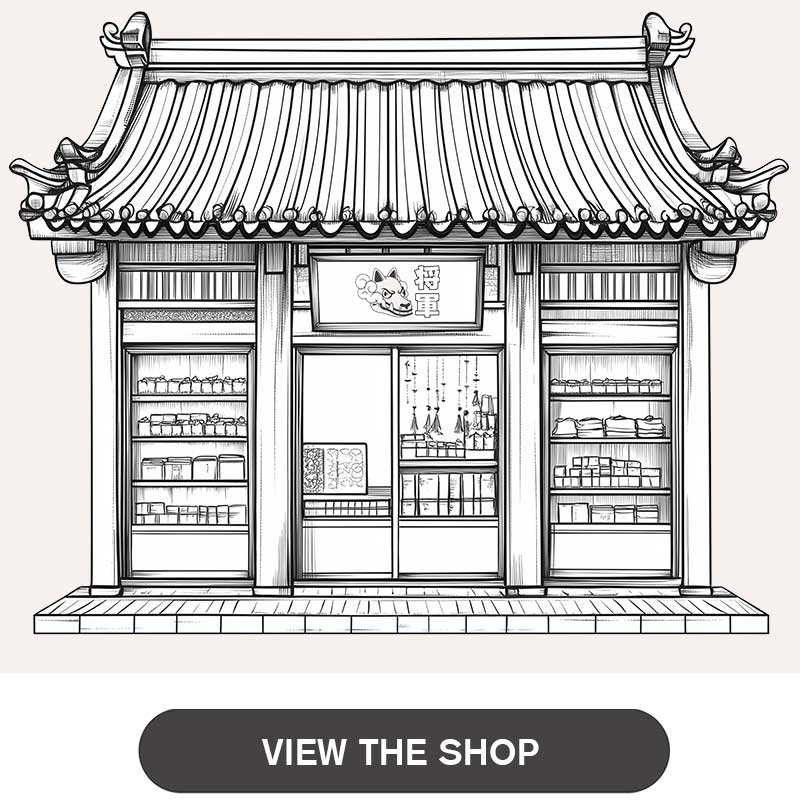
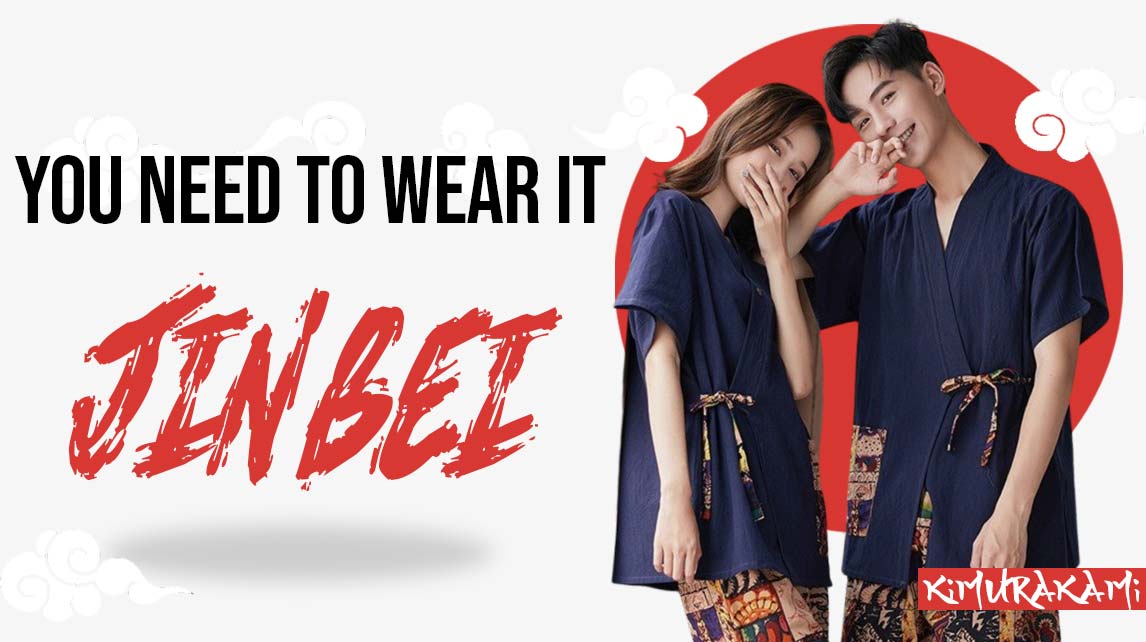
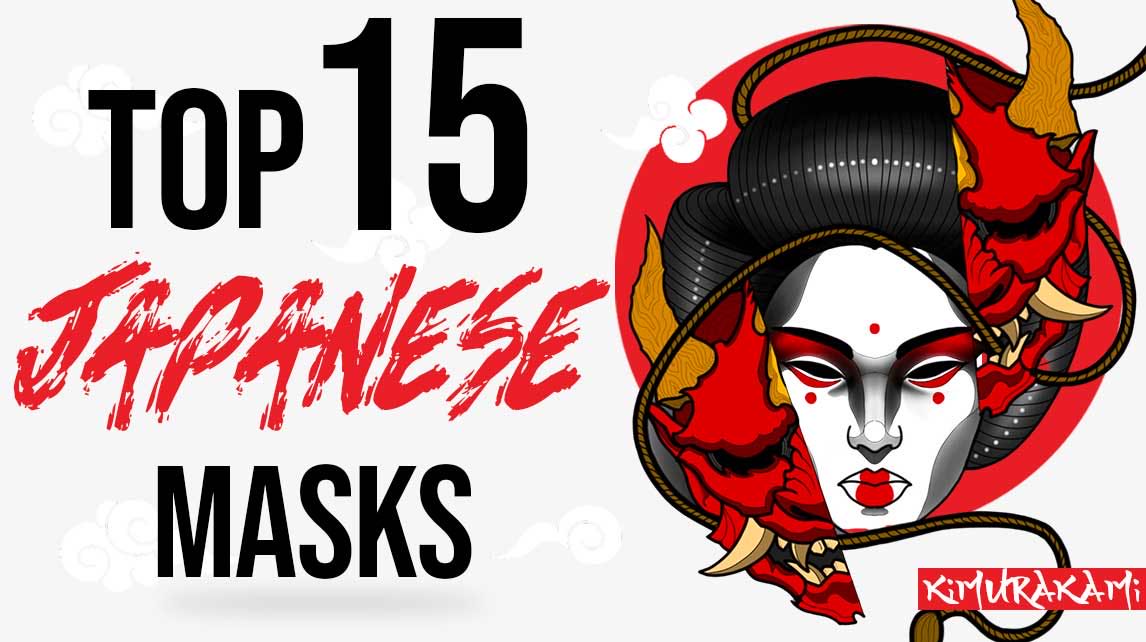
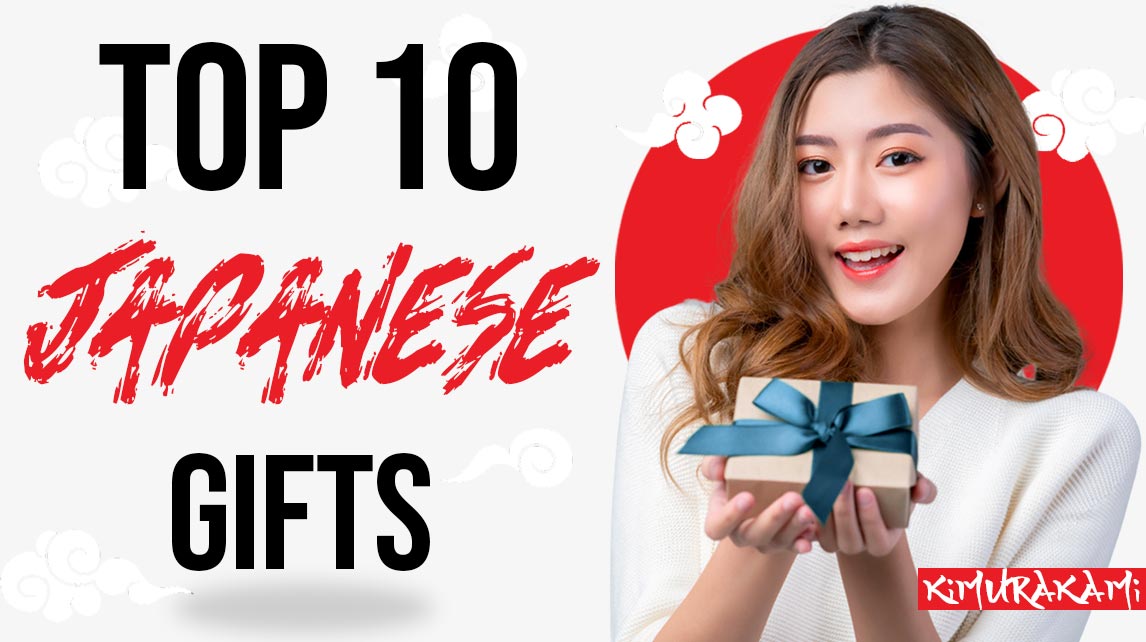
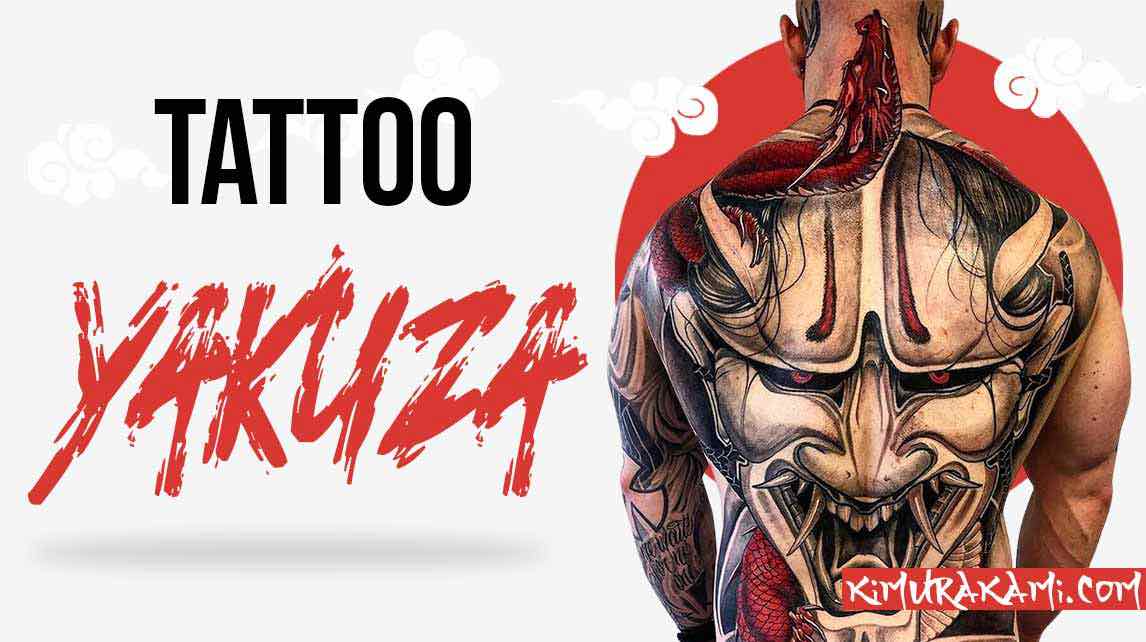
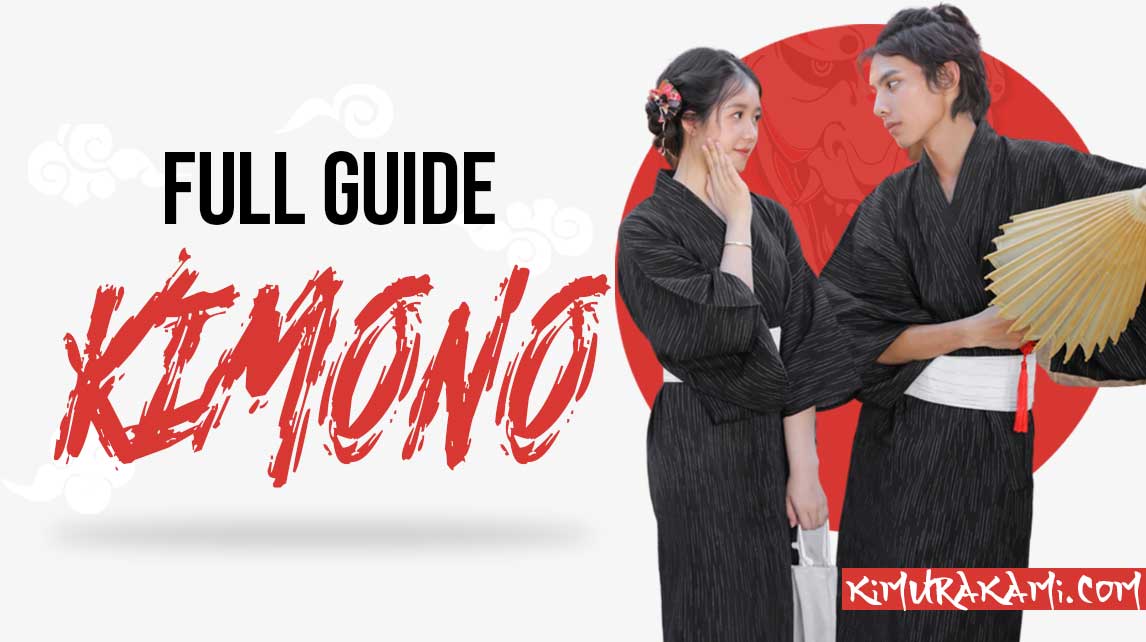
I love this article which u told about bosozoku… You shed a good light on this unique culture.. Quite an insight and interesting research on this topic
Leave a comment